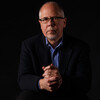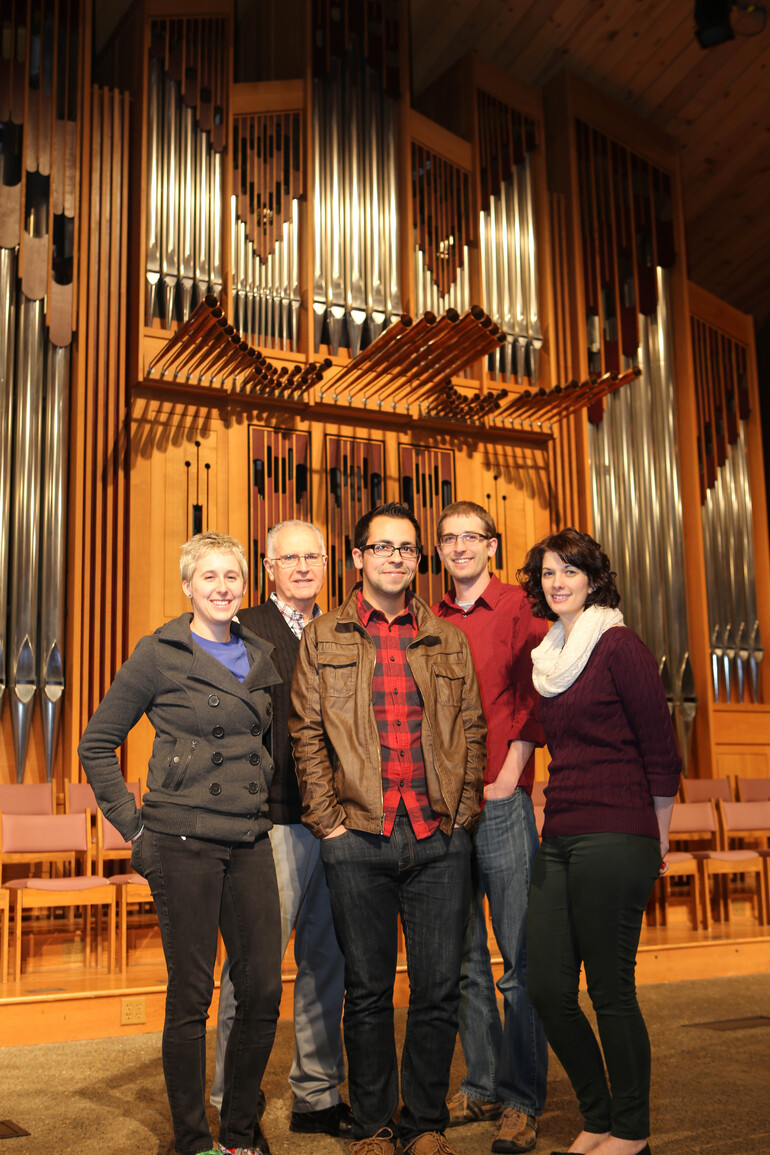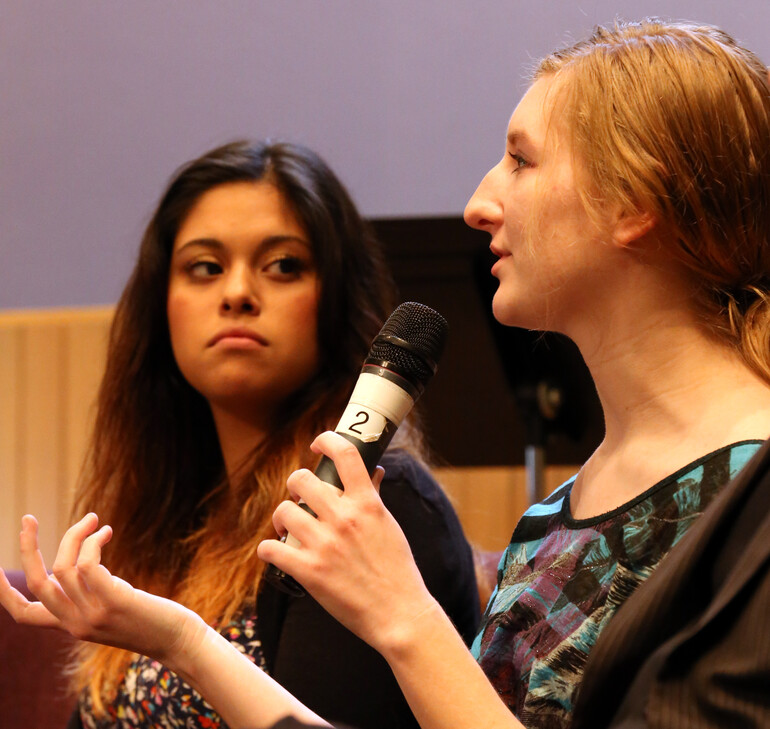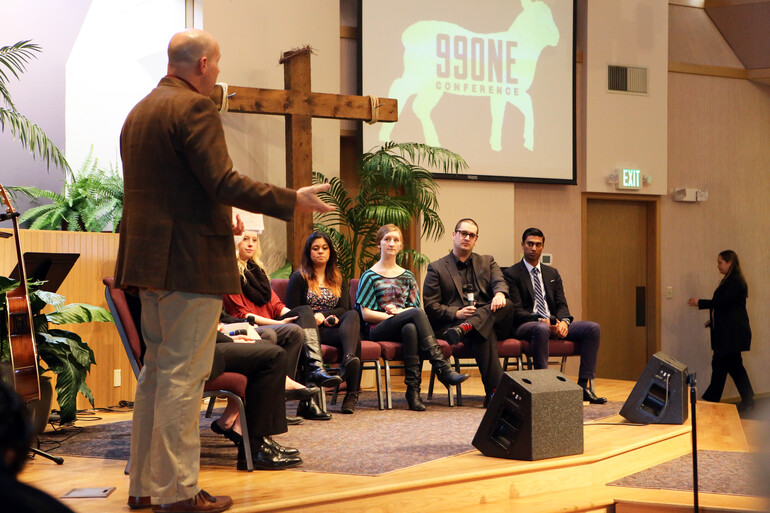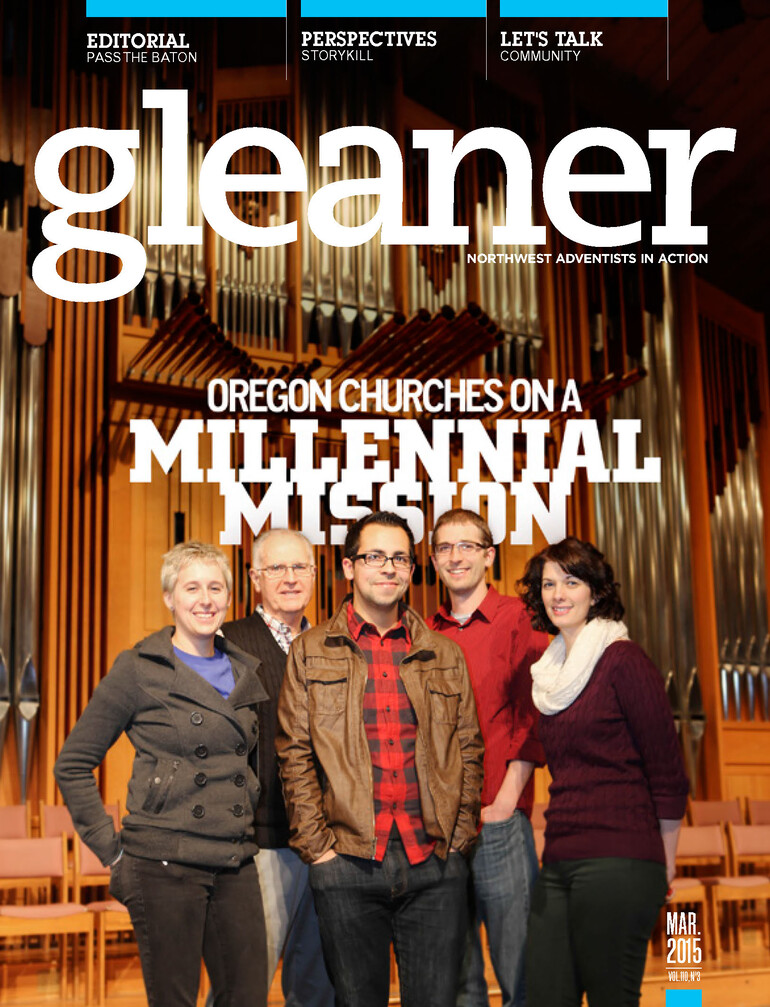Young adults are vital to the current and future mission of the Seventh-day Adventist Church. But in many local church congregations, the millennial generation is increasingly absent. With the average age of church members hovering close to 60, the question seems obvious: In 10 more years, will the Adventist movement still be moving?
Six churches in the Oregon Conference are in the midst of taking active steps this year toward answering that question: Meadow Glade in Battle Ground, Washington; Sunnyside and City Center Sanctuary in Portland, Oregon; Beaverton in Beaverton, Oregon; Pleasant Valley in Happy Valley, Oregon; and Hood View in Boring, Oregon.
Some of the wisest, most experienced pastors in the Northwest are at these churches. They know something must be done. So they have joined together in a common focus called Millennial Matrix 2.0. Far from a traditional “conference program,” this is instead the beginning of a journey. Les Zollbrecht, Oregon Conference youth ministries associate director, says it’s “a shared narrative, a laboratory experience that we and others will learn from as we go.”
And even though millennials are integral to this journey, the impact hopefully will be positive for every age group in these churches. Rodney Payne, Beaverton Church senior pastor, observes, “This isn’t just directed toward young adults. It’s embracing the dynamics of every member, every age group in our church.”
A Framework to Guide
Thankfully, there is a framework that will help guide the experience and a model of what has already been debuted in churches within the Arizona Conference. Ben Lundquist, Arizona Conference youth director (and North American Division young adult coordinator), began this idea with seven Arizona churches during 2014. What he and they learned through that process is now part of the learning curve for these six Oregon churches.
Each church, in its own way, is looking to:
- Inspire members to recognize the need and unlimited potential in reaching and utilizing young adults in ministry;
- Educate members about young adult culture and the current condition of our world;
- Train local leaders in young adult ministry;
- Provide local churches with tools to love young adults more genuinely;
- Develop a customized long-term young adult ministry plan unique to their congregation and community.
A Team, Not a Target
This is not intended to put a target on the back of each local young adult. “We can’t make young adults a cause for ‘rehabilitation,’” says Jonathan Russell, Sunnyside Church associate pastor. “We need them to know that this journey is for all of us and that their presence, their thoughts, are wanted and welcome.”
It’s also a chance for both young and old to experience the value of active integration. “We don’t want ‘siloing’ — sending our young adults off to their own church experience,” says Greg Phillips, Pleasant Valley Church associate pastor. “We want all ages integrated in a Bible-centered mission. But to do that, our churches must be vibrant places where the Holy Spirit is at work and where young adults can explore, find and engage real faith.”
George Gainer, Pleasant Valley senior pastor, envisions multigenerational congregations that value genuine faith. "When it comes to church, the young adults I know want it to be real. They value authenticity especially when it comes to matters of faith. This is just one reason why we so desperately need young adults to participate in the life of the church. They help us stay honest to God."
In these six Oregon Conference churches, senior pastors and young adult pastors will be working closely together to prayerfully walk this journey with their church members. Al Reimche, conference president, says it will be important for leaders to have a firm but gentle hand. “We too often define the job description and expectations for our young adults,” he observes, “but even though we have a common goal, methods may differ. We need to avoid micromanaging how they apply their methods to our mission.”
Les Zollbrecht, Oregon Conference associate youth director who will be assisting all six churches in this effort, says, "It’s unrealistic to think that old methods of outreach will be effective for a new and emerging generation. Jesus cautions us about putting new wine into old wine skins. We have seen the devastating effects of this concept as young adults file out of our church. This is why we must invest in learning about each other."
The Barna Young Adult Study
A 2013 study conducted by the Barna Group for the North American Division resulted in a 60-page report with key thoughts to consider. It acknowledges that Adventist churches have excelled in resources, activities and programs that engage children and youth with experiential spirituality. But young adults returning from college have no such connectors in place.
The study also reveals that many young adults tend to build their own “piecemeal” religious philosophy. Combining the natural young adult independence with the common perception among them that the church is repressive of new or different ideas leads to an increasing sense of alienation. The study suggests “this is not to say that the church should abandon its core values and belief — but it should be able to differentiate between these fundamentals and mere traditions.”
It’s Not About Style
Some churches have mistakenly thought that change for the sake of change would appeal to young adults. They have offered worship and music styles they hoped would be attractive. Some have designed separate services for young adults. And while those may have seemed effective for a while, the attraction has been temporary. These methods have often only served to further divide ages and groups within the church.
It’s About Jesus
The reality is that young adults care less about style than they do a worthy cause. They are looking for a mission. They are looking to be part of the body of Christ, with every member of every age centered on Jesus.
Justin Yang, Andrews University Center for Youth Evangelism ministries director, says it this way: “Young adult retention, or, better yet, young adult commission, all goes back to the local church becoming the hands, feet and heart of Jesus. Creativity, innovation and relevance — as much as these are important, they aren’t the answer to retaining, empowering and transforming our young adults. The answer is and will always be Jesus.”
The Task of the Church
Before his untimely death in the prison camps of World War II, Dietrich Bonhoeffer wrote eight theses on youth work. One seems especially instructive in this age of relativistic religiosity. “The future of the church,” he observed, “is not youth itself but rather the Lord Jesus Christ alone. It is the task of the youth not to reshape the church, but rather to listen to the Word of God. It is the task of the church not to capture the youth, but to teach and proclaim the Word of God.”
Could it be that the answer to reviving the integration of all ages in our churches is as simple and yet challenging as a revival of primitive godliness centered in the scriptural call of the Savior?
Pray for these six churches as they move forward by faith on this journey during 2015. It’s a journey that others will learn from and join.
The body of Christ, after all, is not composed of spectators, but of legs and feet and eyes and ears all ready and willing to move toward the final victory lap — together.




